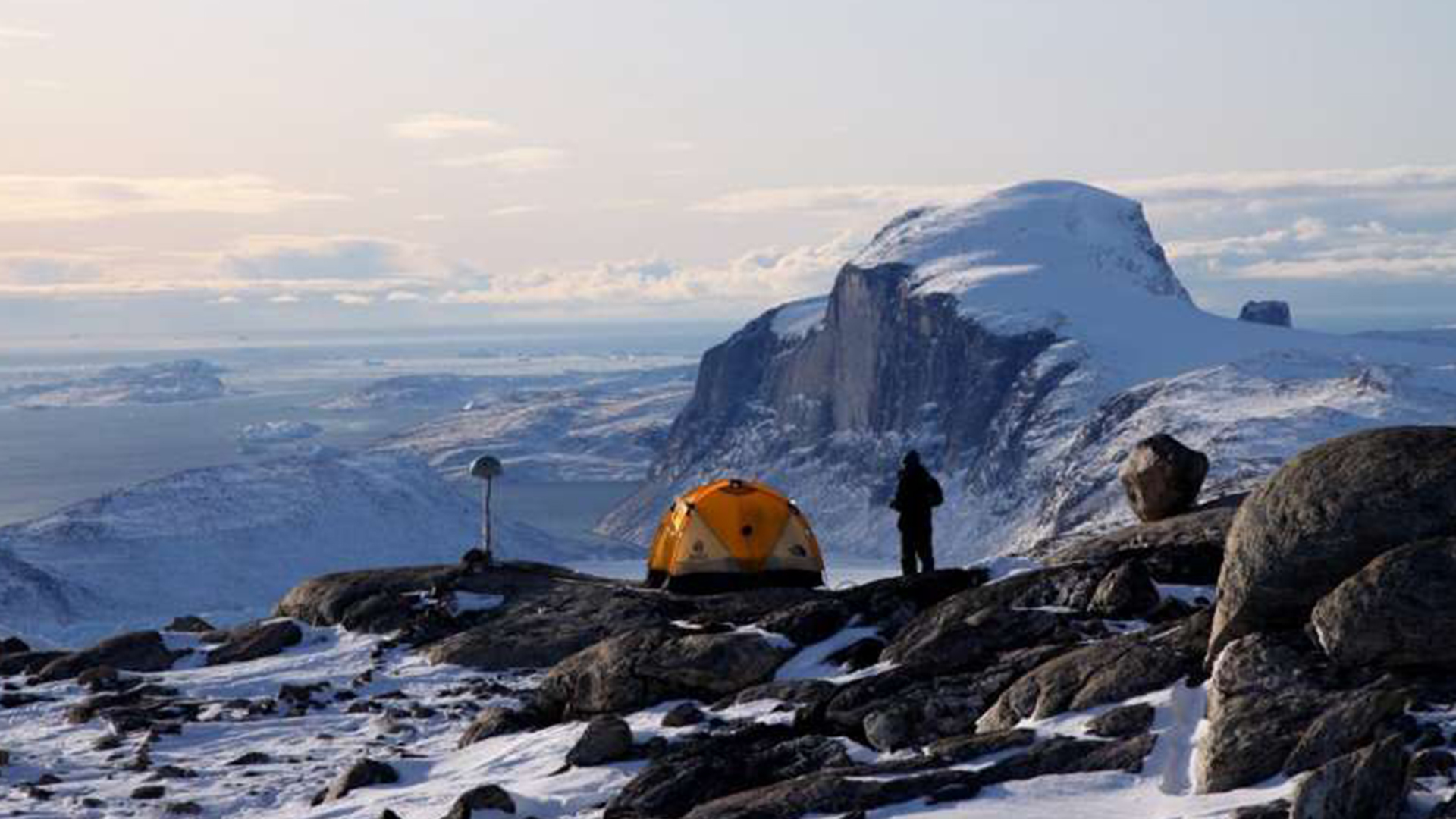
The flow of glaciers off the edges of Greenland is causing the landmass to rise like a decompressing mattress.
The uplift of Greenland is a long-term and well-known process. Since the end of the last ice age about 11,700 years ago, the retreat of the ice sheet has taken a weight off of Greenland, allowing its bedrock to rise — a process known as glacial isostatic rebound.
On top of this long-running process, Greenland is now losing ice due to modern-day climate change. The Greenland Ice Sheet is shedding approximately 262 gigatons of ice each year. Its peripheral glaciers, the ice rivers found at the coastline flowing into the sea, are losing about 42 gigatons of ice alone, according to 2022 research.
Now, a new study published Jan. 13 in the journal Geophysical Research Letters finds that this glacial ice loss contributes a significant amount to the springing up of Greenland's bedrock. In some areas, the glacial ice loss is responsible for nearly a third of the total vertical land motion.
"The maximum land uplift is where you have the most mass loss, and that's closest to the biggest glaciers in Greenland," said Danjal Longfors Berg, a doctoral student at the Technical University of Denmark.
Related: Massive asteroid hit Greenland when it was a lush rainforest, under-ice crater shows
Berg and his team used data from 58 GPS monitors drilled into the bedrock around Greenland to measure vertical motion since 2007. Then, they determined how much of this movement was due to current and recent ice loss and how much was from longer-term rebound.
The results showed that ice loss from glaciers was responsible for large portions of Greenland's rise — 32% and 27.9% of the total rebound in two drainage basins in the northern and eastern parts of the landmass. The largest rate of bedrock rebound was seen near Kangerlussuaq Glacier in southeast Greenland, where the ground is rising at about 0.3 inch (8 millimeters) per year. That glacier has retreated 6.2 miles (10 kilometers) since 1900 and has thinned near its terminus by hundreds of meters.
Having a good grasp on the rise of Greenland's bedrock is a complementary way to measure the region's ice loss, Berg told Live Science. Other ways of quantifying the shrinking of the Greenland Ice Sheet include measurements of altimetry, or the height of the ground, and gravity, variations of which can be measured by satellite. Together with vertical land motion, these multiple techniques can lead to precise measurements of how much ice is disappearing, Berg said.
"When we estimate how much mass it's losing," he said, "then we can give a better estimate of how much the sea level is rising."







